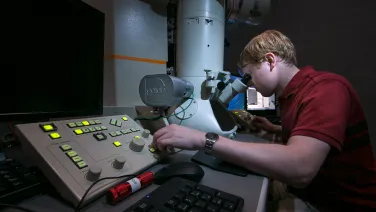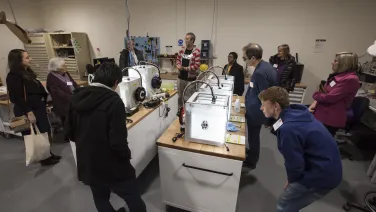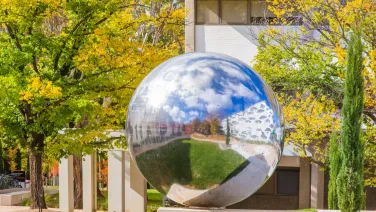
Chemistry
About
The ANU Research School of Chemistry has an enviable reputation as a powerhouse of chemical research, attracting leading chemists from around the country and overseas.
Supported by world-class equipment and laboratories housed in a state-of-the-art new building, we conduct pioneering research across the breadth of chemistry, biochemistry and materials science.
Our research has had widespread international impact and has led to applications in the agricultural, biotechnological, pharmaceutical, materials and polymer industries. All of our academics are involved in our undergraduate teaching program and in supervising post-graduate students.
Our postgraduate research students work alongside some of the world’s most influential and innovative academics in research areas from a wide spectrum of chemistry, including computational and theoretical chemistry, materials science, and protein structure and function.
A large number of international scientists visit the Research School each year, contributing to research projects, our extensive seminar series and graduate lecture courses. We also have strong collaborative relationships with other Australian and international universities, government agencies and industry.
















